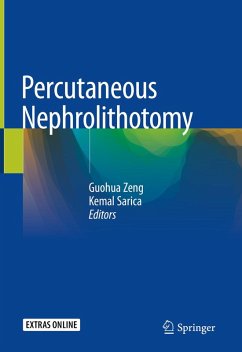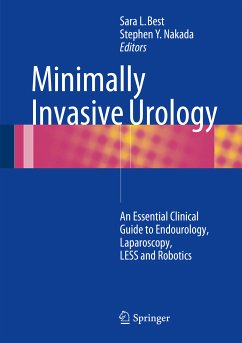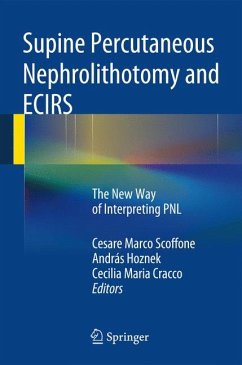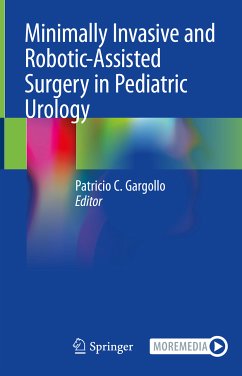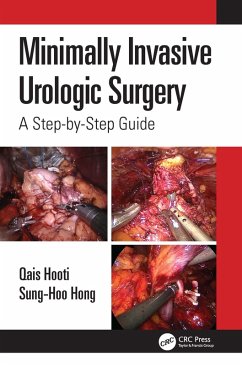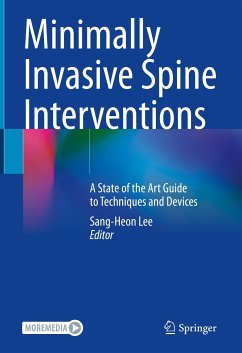
Minimally Invasive Percutaneous Nephrolithotomy (eBook, PDF)
Versandkostenfrei!
Sofort per Download lieferbar
88,95 €
inkl. MwSt.
Weitere Ausgaben:

PAYBACK Punkte
44 °P sammeln!
Urolithiasis is a common and ever-increasing problem all over the world. During the last few decades, percutaneous nephrolithotomy (PCNL) has become the preferred treatment method for moderate and large volume upper tract urinary calculi. In recent years, there have been groundbreaking advances in the field of percutaneous renal surgery in the form of minimally invasive percutaneous nephrolithotomy. Various techniques have been described over the years in the area, which have improved the results of percutaneous nephrolithotomy surgery while reducing the complication rate and morbidity.This bo...
Urolithiasis is a common and ever-increasing problem all over the world. During the last few decades, percutaneous nephrolithotomy (PCNL) has become the preferred treatment method for moderate and large volume upper tract urinary calculi. In recent years, there have been groundbreaking advances in the field of percutaneous renal surgery in the form of minimally invasive percutaneous nephrolithotomy. Various techniques have been described over the years in the area, which have improved the results of percutaneous nephrolithotomy surgery while reducing the complication rate and morbidity.
This book provides a broad, state-of-the-art review in the field of minimally-invasive percutaneous nephrolithotomy. It serves as a valuable resource for Urologists, endourology fellows, and researchers interested in mini-percutaneous nephrolithotomy. The book reviews the latest data about percutaneous management of Urolithiasis from the world over, various classificationsystems for mini-percutaneous nephrolithotomy, armamentarium, different techniques, and multiple advances, plus the results including complications.
This book serves as a valuable resource for urologists dealing with and interested in learning the newer advances in percutaneous renal surgery. It delivers a comprehensive summary of the current status of minimally-invasive percutaneous nephrolithotomy in the management of Urolithiasis. All the chapters have been written by experts in minimally invasive percutaneous nephrolithotomy and present the most recent scientific data.
Dieser Download kann aus rechtlichen Gründen nur mit Rechnungsadresse in A, B, BG, CY, CZ, D, DK, EW, E, FIN, F, GR, HR, H, IRL, I, LT, L, LR, M, NL, PL, P, R, S, SLO, SK ausgeliefert werden.



